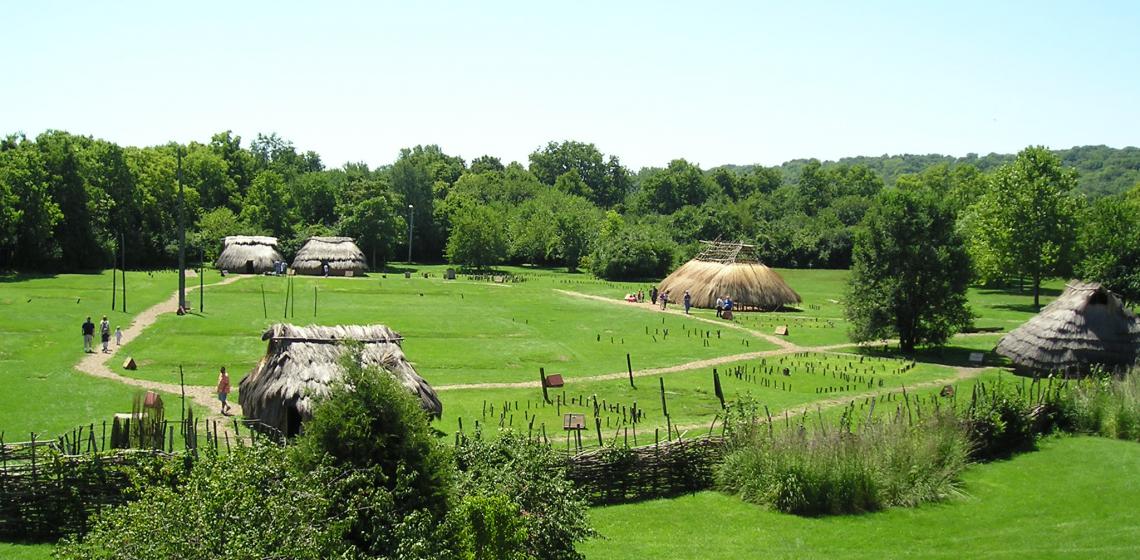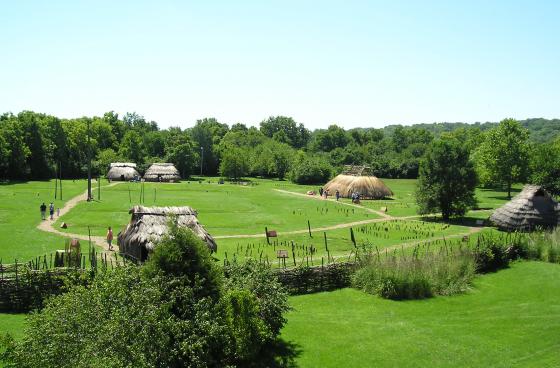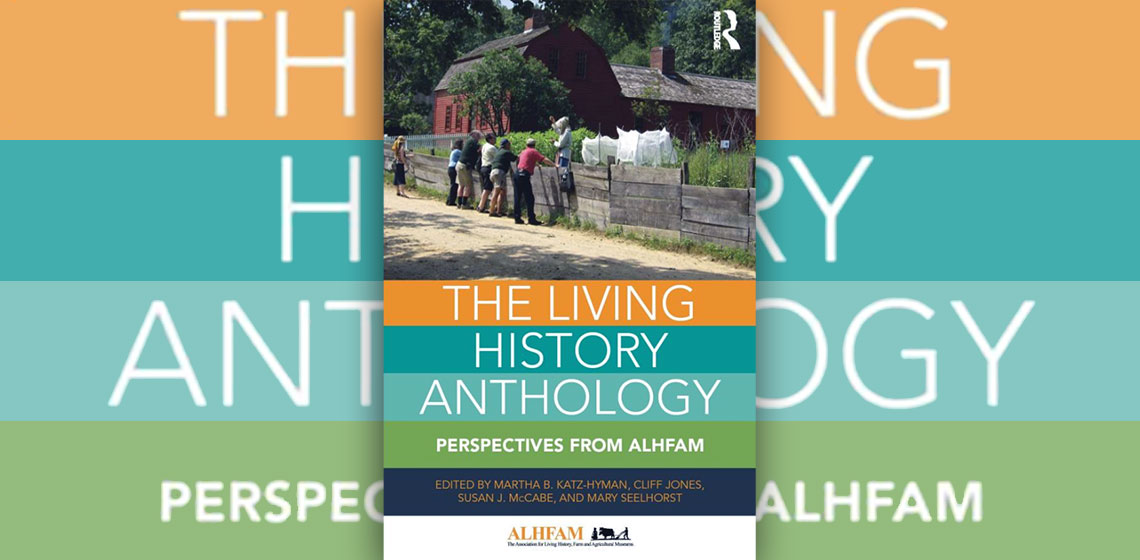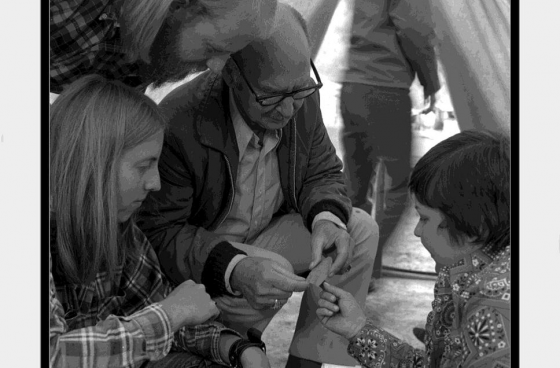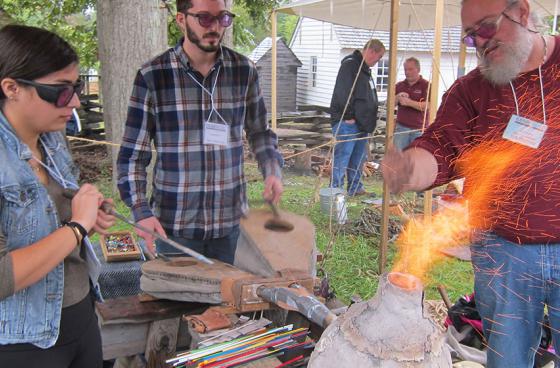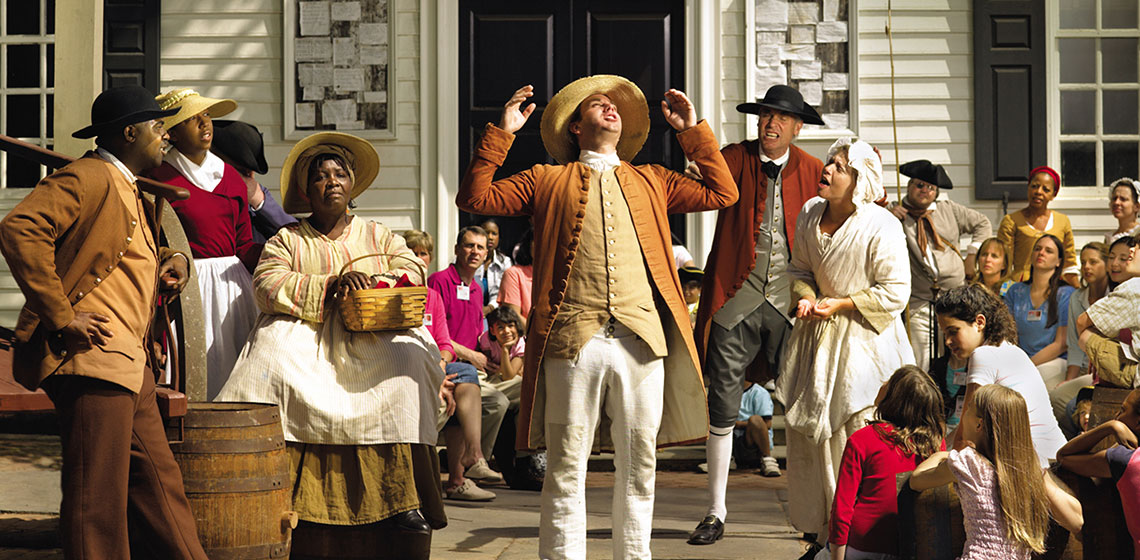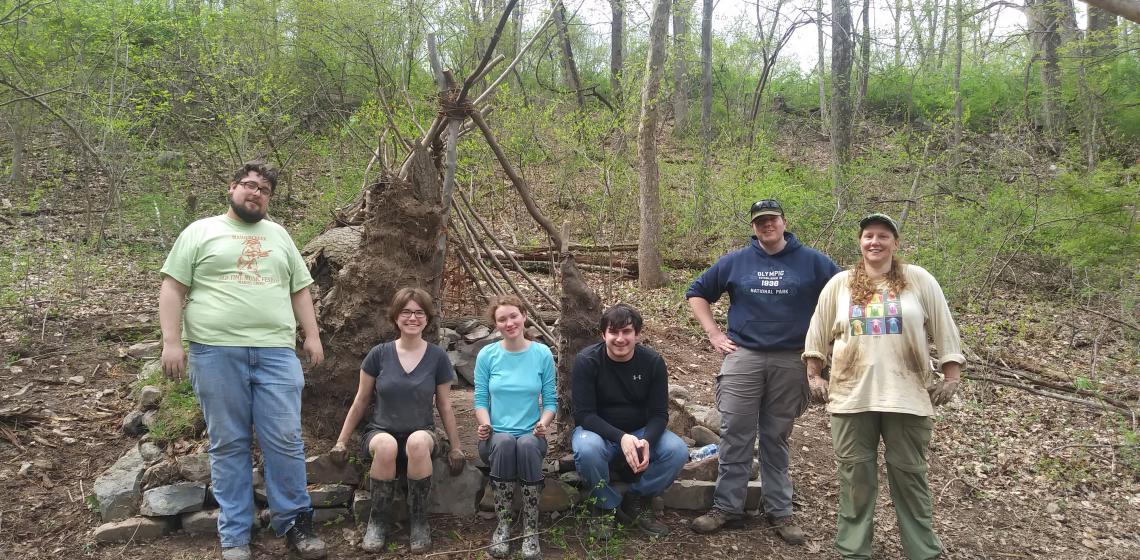Sunwatch Indian Village (US)
SunWatch, originally named the Incinerator Site, was first excavated and reported on in the 1960s. When news came in the early 1970s that the City of Dayton planned to expand a nearby sewage treatment plant onto the property and impact the site, the Dayton Museum of Natural History (now the Boonshoft Museum of Discovery) began excavations.
These revealed a planned, stockaded village which was estimated to have been occupied for about 20 years and included apparent astronomical alignments, hence the name SunWatch. The roughly 3 acre village site contained many well preserved artifacts, including fragile items such as crayfish pincers, fish scales, turkey egg shell fragments, and even uncharred wood remains.

